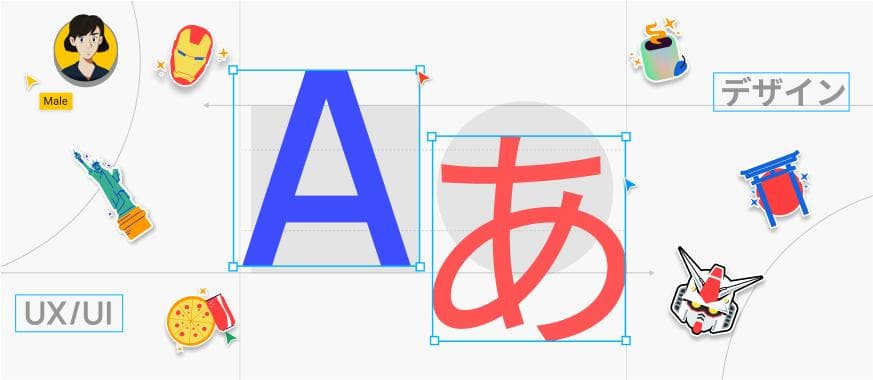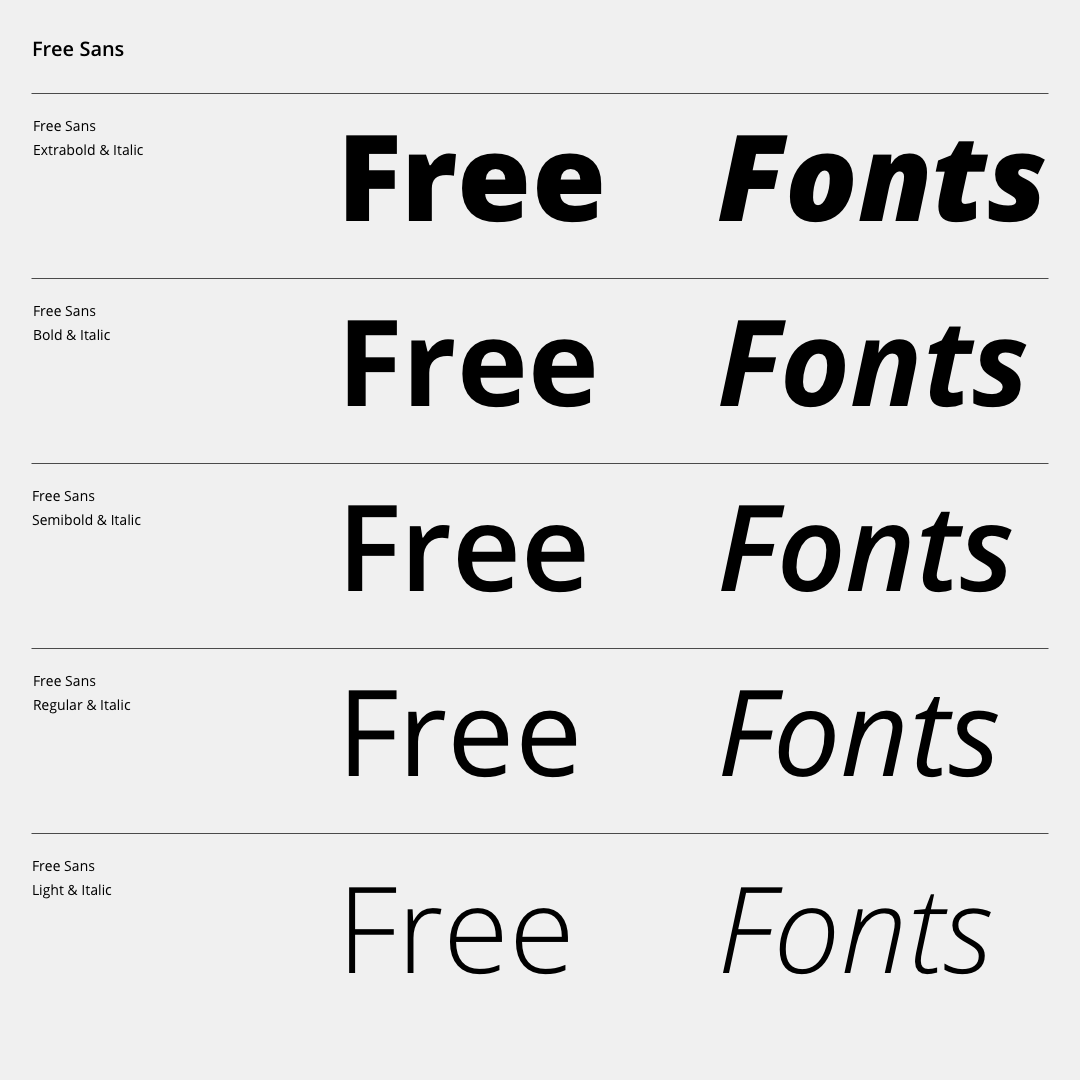Contrasting UX Design: Exploring Differences between East and West
As a global UX/UI design agency, we understand the importance of cultural context in creating exceptional user experiences, in addition to the unique characteristics of UX design in Japan and China. It's valuable to compare and contrast these approaches with UX design in the Western world.
Let's delve into the divergent aspects that shape UX design in the East and West.
Design Aesthetics: Minimalism versus Visual Complexity: In the Western world, UX design often leans towards minimalism, emphasizing clean interfaces, intuitive navigation, and a focus on essential elements. Designers aim to reduce cognitive load, allowing users to easily understand and interact with the interface. White space, simplicity, and consistent design patterns are key elements of Western UX design.
In contrast, Japanese design aesthetics embrace minimalism to a higher degree. The philosophy of "less is more" permeates Japanese design, resulting in interfaces that prioritize simplicity, elegance, and harmony. Chinese design, on the other hand, often exhibits a higher information density, catering to users' preference for comprehensive communication and extensive options.


User Behavior and Cultural Influences User behavior and cultural influences play a significant role in shaping UX design practices. In the Western world, individualism and personalization are highly valued. UX design focuses on providing customized experiences, tailoring interfaces to users' preferences and needs. Western users appreciate interfaces that give them control and freedom, enabling them to make choices according to their preferences.
In Japan and China, collectivism and group-oriented culture influence UX design. Designers prioritize communal experiences and consider the needs and preferences of the larger user base. Interfaces aim to provide a sense of harmony, with an emphasis on social connectivity and fostering group interactions.
Language and Information Processing : The Western world primarily utilizes alphabetic writing systems, allowing for linear information processing. UX designers leverage this advantage to present information sequentially, guiding users through a logical flow. Western interfaces often follow a hierarchical structure, with clear headings and organized content.
In Japan and China, logographic writing systems (Kanji and Chinese characters) allow for condensed information representation. Users proficient in these languages can process dense textual information effortlessly. Designers take advantage of this linguistic efficiency, presenting more information within a smaller space, albeit with careful consideration of readability.
Technological Advancements and Design Trends: Technological advancements significantly impact UX design trends worldwide. The Western world has been at the forefront of digital innovation, with a focus on user-centered design, usability testing, and iterative design processes. Designers strive to create intuitive and seamless experiences across different devices and platforms
Japan and China, with their massive mobile user bases, have witnessed rapid technological progress and mobile-first design trends. Designers optimize interfaces for smaller screens, prioritize efficiency, and experiment with new interaction patterns suited to mobile devices. They also embrace emerging technologies, such as AI and augmented reality, to enhance user experiences.
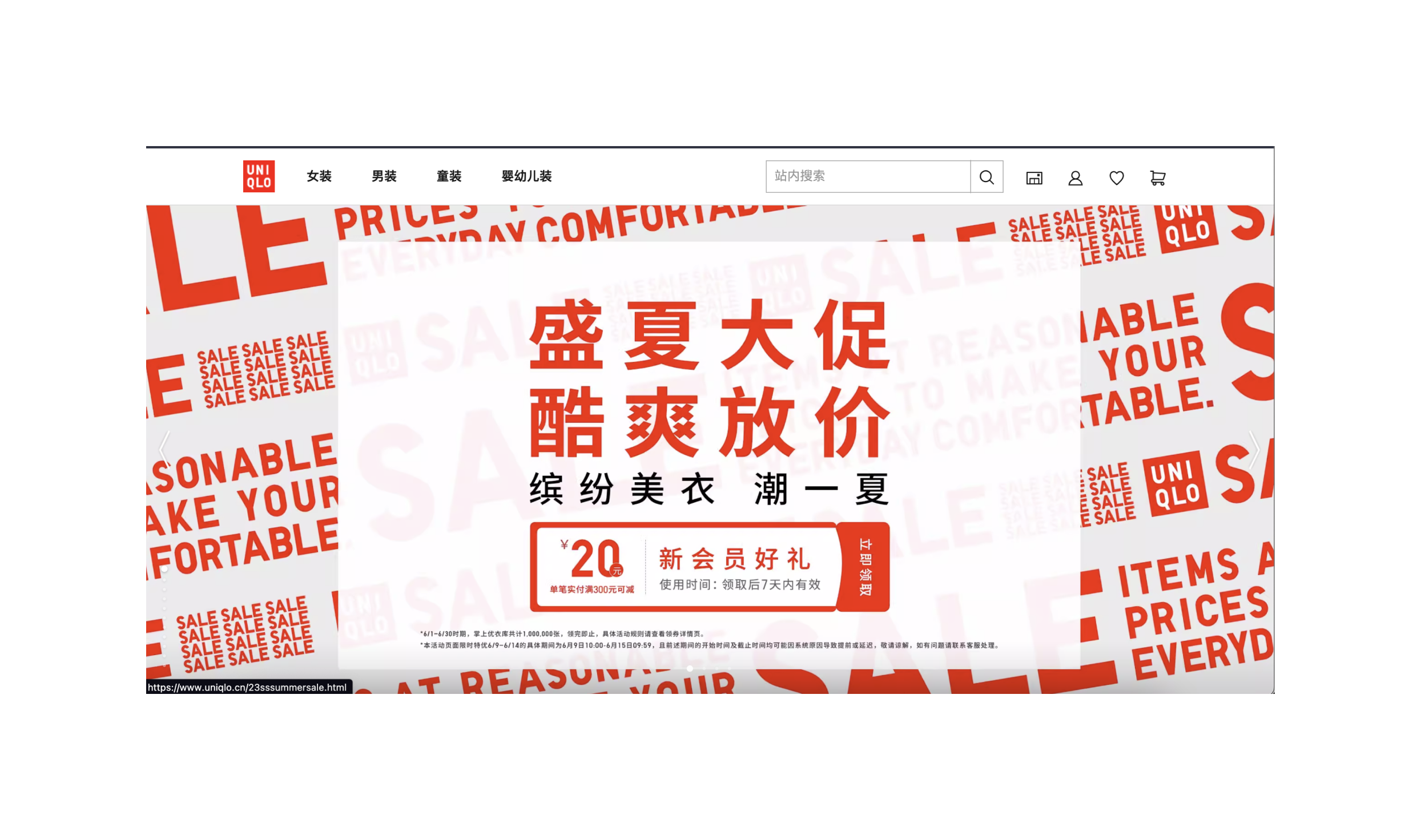
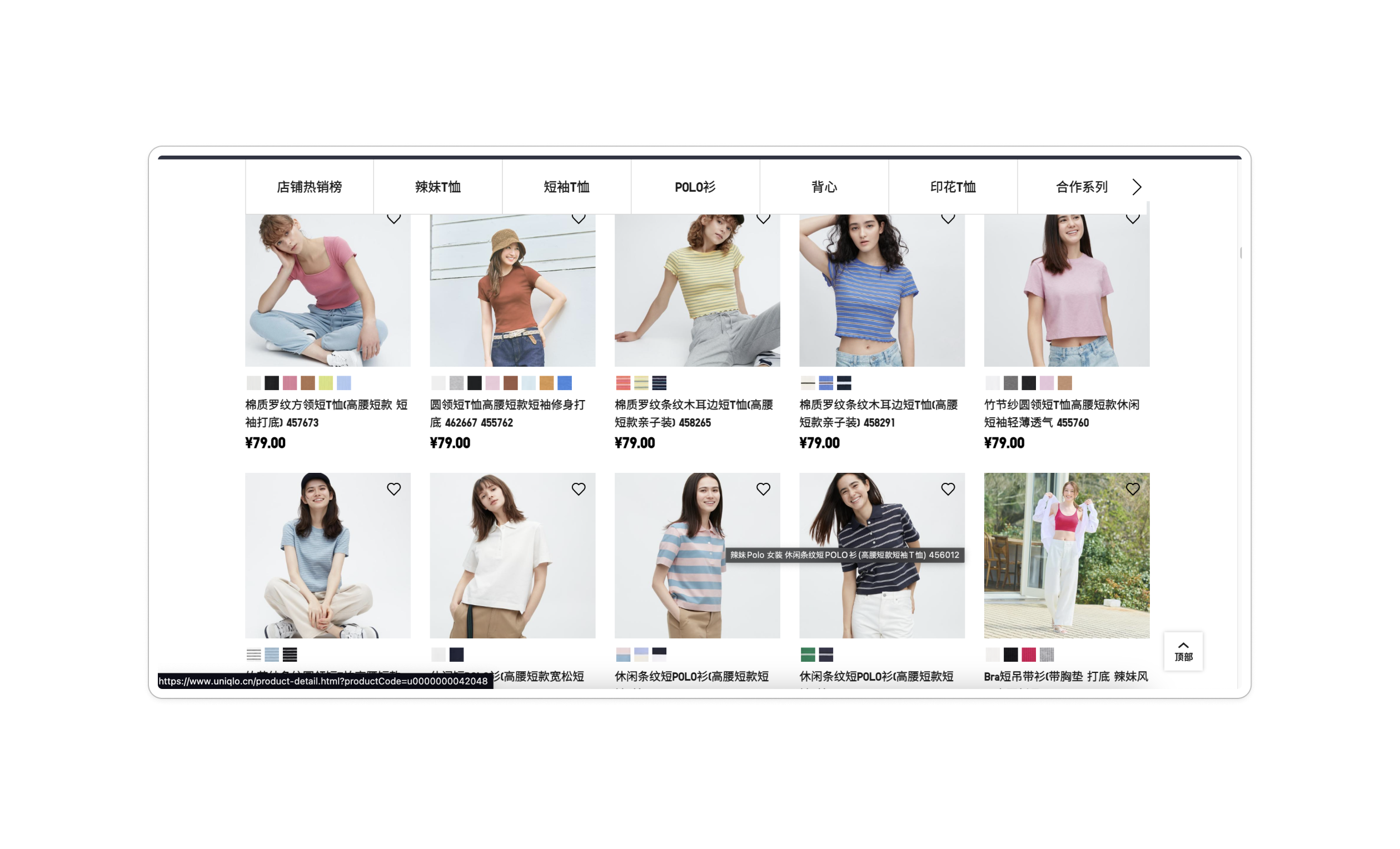
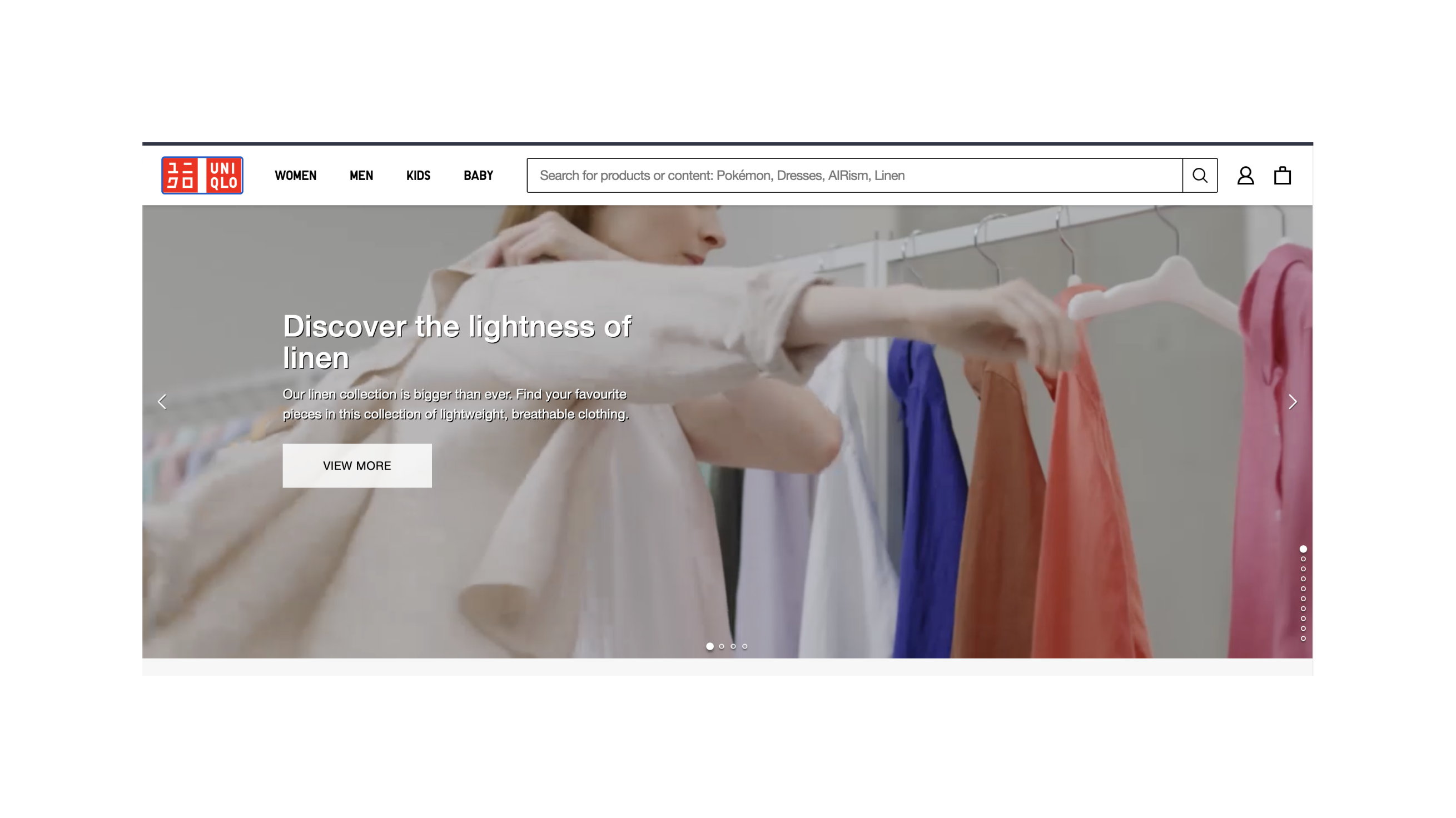

Understanding the contrasting characteristics of UX design in the East and West is essential for companies like us to cater to diverse client needs. While minimalism, personalization, and sequential information processing dominate the Western design landscape, Japan and China embrace different aesthetics, communal experiences, and condensed information representation.
We acknowledges the importance of cultural context and technological advancements in delivering exceptional user experiences. By synthesizing the best practices from different regions, we can create tailored designs that resonate with users worldwide, embracing the beauty of both Eastern and Western design philosophies.
In the ever-evolving world of UX design, exploring and embracing diverse approaches foster creativity, innovation, and meaningful interactions with users across different cultures and regions.
At Flambee, we strive to leverage these insights to deliver outstanding design solutions that transcend cultural boundaries and captivate users around the globe.
FLAMBEE
Let's kick off your next project together!
team@flambee.co
The text and graphic content of the website belongs to Flambee and cannot be used by other resources without our permission and without the link to the source.

